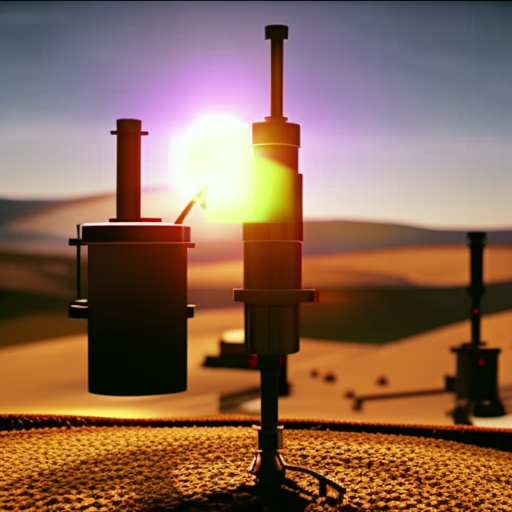
This newsletter rocks.
Get the most fascinating science news stories of the week in your inbox every Friday.
Source: Journal of Geophysical Research: Biogeosciences
Mexico’s greenhouse gas emissions are the second highest among Latin American countries, trailing only Brazil according to the World Bank. But until now, no one had leveraged the full spectrum of available scientific data to make an estimate of sources (such as fossil fuel burning and agriculture) and sinks (such as healthy forests and soils) of carbon dioxide, methane, and nitrous oxide. Calculating the country’s greenhouse gas budget could help policymakers develop effective emissions reduction strategies.
Murray-Tortarolo et al. calculate Mexico’s first comprehensive greenhouse gas budget based on estimates from multiple data sources of greenhouse gas fluxes in the country between 2000 and 2019. The team used data from the Regional Carbon Cycle Assessment and Processes Phase 2, official national budgets, and several other scientific reports and studies in their analysis. They found that different sources of data broadly told the same story about anthropogenic greenhouse gas emissions from sources including fossil fuel burning and agriculture. However, there were discrepancies when it came to natural emissions sources such as wetlands and natural sinks such as forests and soils. In particular, the researchers found that studies may be overestimating the role that land ecosystems play in removing carbon from the atmosphere.
The analysis comes at a particularly important time for Mexico, which recently reported an increase in greenhouse gas emissions after more than a decade of reductions. The researchers note that limited data exist about areas such as the role of aquatic systems and methane consumption by soil. They believe their findings can help guide future scientific research and enable lawmakers to target the greatest sources of emissions.
—Rachel Fritts (@rachel_fritts), Science Writer
Citation: Fritts, R. (2024), Researchers develop Mexico’s first comprehensive greenhouse gas budget, Eos, 105, https://doi.org/10.1029/2024EO240013. Published on 8 January 2024.
Text © 2024. AGU. CC BY-NC-ND 3.0
Except where otherwise noted, images are subject to copyright. Any reuse without express permission from the copyright owner is prohibited.
SDGs, Targets, and Indicators
1. Which SDGs are addressed or connected to the issues highlighted in the article?
- SDG 13: Climate Action
- SDG 15: Life on Land
2. What specific targets under those SDGs can be identified based on the article’s content?
- SDG 13.2: Integrate climate change measures into national policies, strategies, and planning
- SDG 15.1: Ensure the conservation, restoration, and sustainable use of terrestrial and inland freshwater ecosystems and their services
3. Are there any indicators mentioned or implied in the article that can be used to measure progress towards the identified targets?
The article does not explicitly mention any indicators. However, to measure progress towards SDG 13.2, indicators such as the percentage of greenhouse gas emissions covered by national policies or the number of policies and plans that integrate climate change measures can be used. For SDG 15.1, indicators such as the extent of forest area protected or restored or the proportion of important sites for terrestrial and freshwater biodiversity that are covered by protected areas can be used.
Table: SDGs, Targets, and Indicators
| SDGs | Targets | Indicators |
|---|---|---|
| SDG 13: Climate Action | 13.2: Integrate climate change measures into national policies, strategies, and planning | Percentage of greenhouse gas emissions covered by national policies Number of policies and plans that integrate climate change measures |
| SDG 15: Life on Land | 15.1: Ensure the conservation, restoration, and sustainable use of terrestrial and inland freshwater ecosystems and their services | Extent of forest area protected or restored Proportion of important sites for terrestrial and freshwater biodiversity covered by protected areas |
Behold! This splendid article springs forth from the wellspring of knowledge, shaped by a wondrous proprietary AI technology that delved into a vast ocean of data, illuminating the path towards the Sustainable Development Goals. Remember that all rights are reserved by SDG Investors LLC, empowering us to champion progress together.
Source: eos.org

Join us, as fellow seekers of change, on a transformative journey at https://sdgtalks.ai/welcome, where you can become a member and actively contribute to shaping a brighter future.






